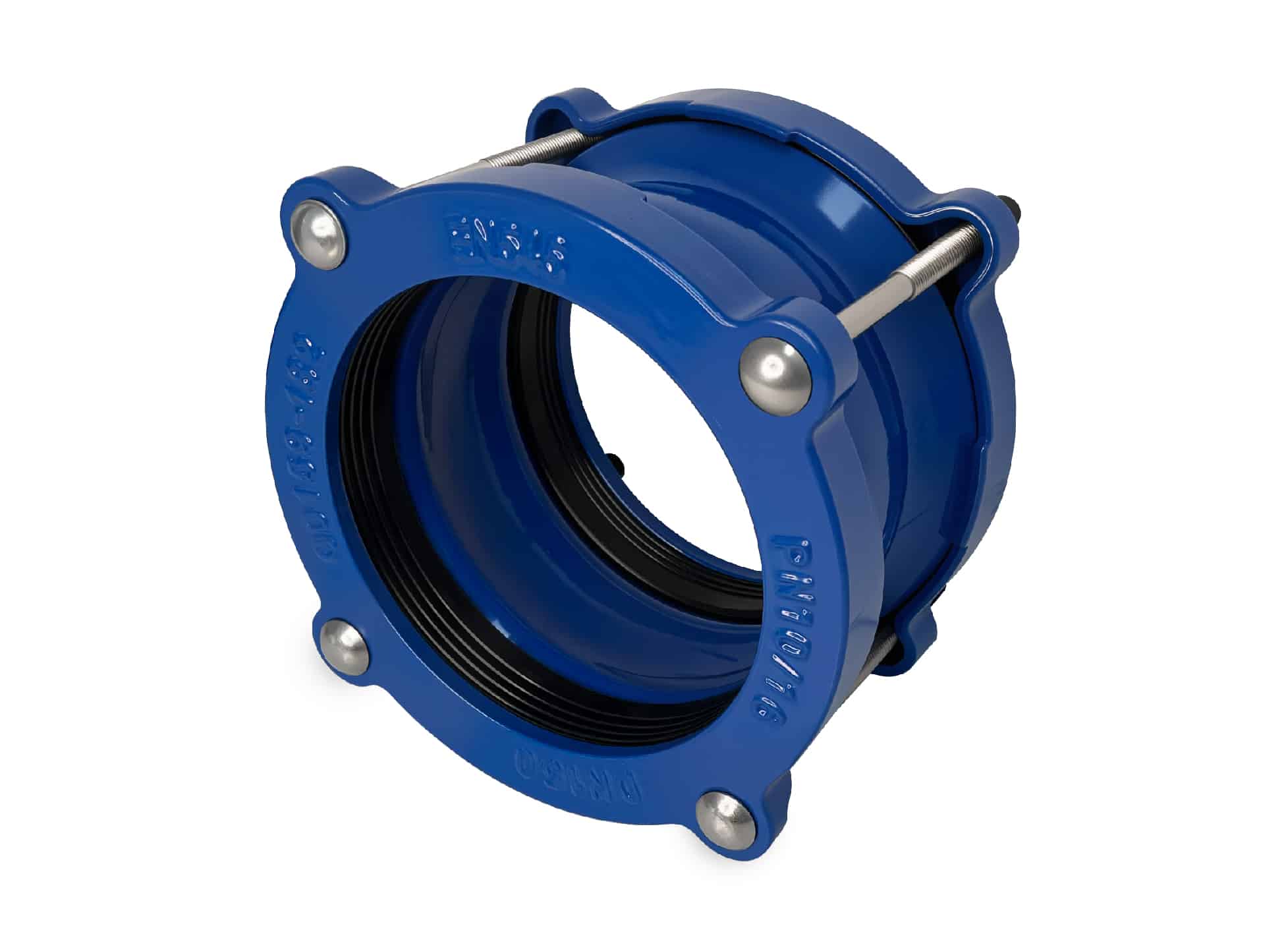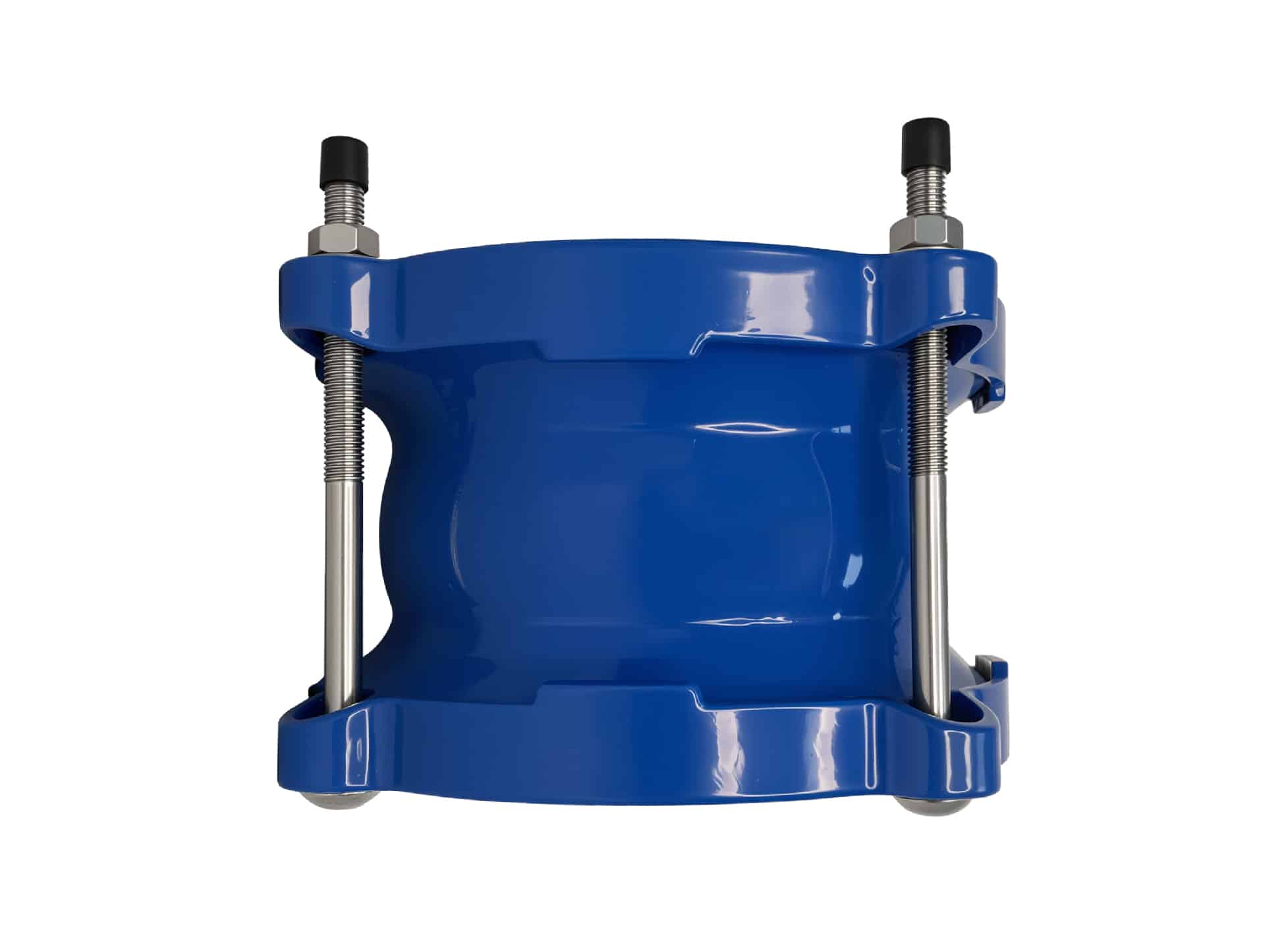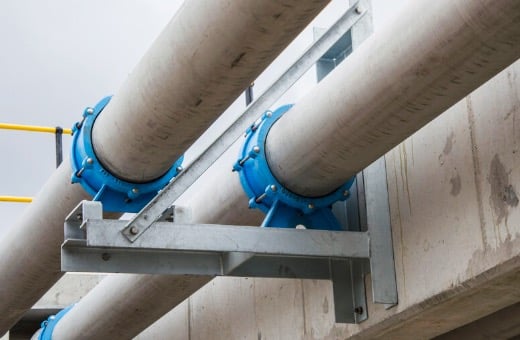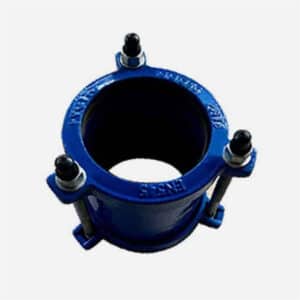Flexible Pipe coupling
Flexible pipe coupling is a pipe coupling used to connect two pipes together while allowing for flexibility in alignment and movement. These couplings are designed to absorb vibrations, accommodate slight misalignments, and allow for thermal expansion and contraction of the piping system. They are widely used in various plumbing, industrial, and construction applications.
Feature
● Wide Range
● Can Connect different pipes which pipe OD are in our pipe coupling Range
● comply with EN545
● Manufactured in China
● Coating standard:EN30677 /EN14901
● Test standard: EN12266-1
● Working pressure and Temperature
● size DN40 to DN700,Working pressure PN10/PN16/class125&150
● Temperature from -10℃ to 120℃ for EPDM gasket
● Temperature from -10℃ to 82℃ for NBR gasket
● Angular deflection ±6°
● WRAS,ACS,DVGW,NSF approved



Flexible Pipe Coupling Working Principle
The working principle of a flexible pipe coupling is achieved through the following steps:
Tightening the Bolts
_
● Operation:
The bolts are tightened incrementally and evenly to ensure that the distance between the end rings and the middle sleeve is gradually reduced.
● Effect:
This process increases the pressure exerted by the end rings and the middle sleeve.
Compression of the end rings and
the middle sleeve
_
● Operation:
As the bolts are tightened, the end rings and the middle sleeve move toward each other.
● Effect:
This movement compresses the gasket (usually made of an elastic material such as rubber or a synthetic material) located between them.
Compression Deformation of the Gasket
_
● Operation:
As the end ring and the middle sleeve are progressively compressed, the gasket is subjected to increasing compression.
● Effect:
The gasket deforms under the pressure, expanding outwards to fill all voids between the flexible pipe coupling and the pipes.
Formation of the Seal
_
● Operation:
The gasket completely fills the gap between the coupling and the pipes as it deforms.
● Effect:
The compression deformation of the gasket creates a strong seal that prevents fluid leakage and ensures the integrity of the piping system.

Flexible Pipe Coupling Use
Flexible pipe couplings are widely used for connecting pipes made of various materials,
including ductile iron, steel, PVC, AC (asbestos cement), and GRP (glass-reinforced plastic), for pipe outside diameters within the coupling range.
Here are specific applications and advantages:
Applications
Drinking Water Systems
● Application: Connecting pipelines that carry drinking water to ensure water quality.
● Advantages: Using materials that meet sanitary standards, providing reliable sealing and anti-corrosion properties to ensure long-term stable operation.
Neutral Liquid Transport
● Application: Suitable for industrial and municipal pipelines that transport neutral liquids such as cooling water, industrial water, etc.
● Advantages: Corrosion resistance, temperature change resistance to ensure no leakage of liquid and maintain system stability.
Wastewater Treatment Systems
● Application: Connecting sewage pipes to adapt to complex underground environments.
● Advantages: Providing excellent sealing performance to prevent sewage leakage and meet environmental protection requirements.
Industrial Pipeline Systems
● Application: Used for pipeline connections in industries such as chemical, petroleum, and natural gas that adapt to high-temperature, high-pressure, and corrosive environments.
● Advantages: Absorbing mechanical vibrations and impacts to protect pipes and equipment and extend service life.
Agricultural Irrigation Systems
● Application: Used for connecting agricultural irrigation pipes, especially in complex terrains or where frequent disassembly is required.
● Advantages: Convenient installation and disassembly, adapt to various terrain changes, and provide flexible irrigation solutions.






